Target system features:
- 64Kb RAM (full addressable on write, visible on read banking out ROM)
- 32Kb ROM (not necessary for first firmware developing phase: full RAM operations)
- programmable glue logic (PLD)
- modularity for CPU, I/O, video and audio controllers
- arduino as debugger, memory inspector and injector, code loader, execution stepper
- 2 clock speeds switchable at runtime: slow (arduino driven) and fast (4 MHZ fosc)
- configurable breakpoints at slow speed (arduino controlled) to stepping execution code
- SPI and serial I/O
- PS/2 keyboard
- SD card as storage device
Constraints:
- through-hole only components
- 4Mhz CPU clock
- WDC W65C02S CPU
Software developing:
- cross IDE and assembler
- direct RAM programming (no need to remove and program the ROM for each code modification)
- stepping execution and breakpoints
 padnest
padnest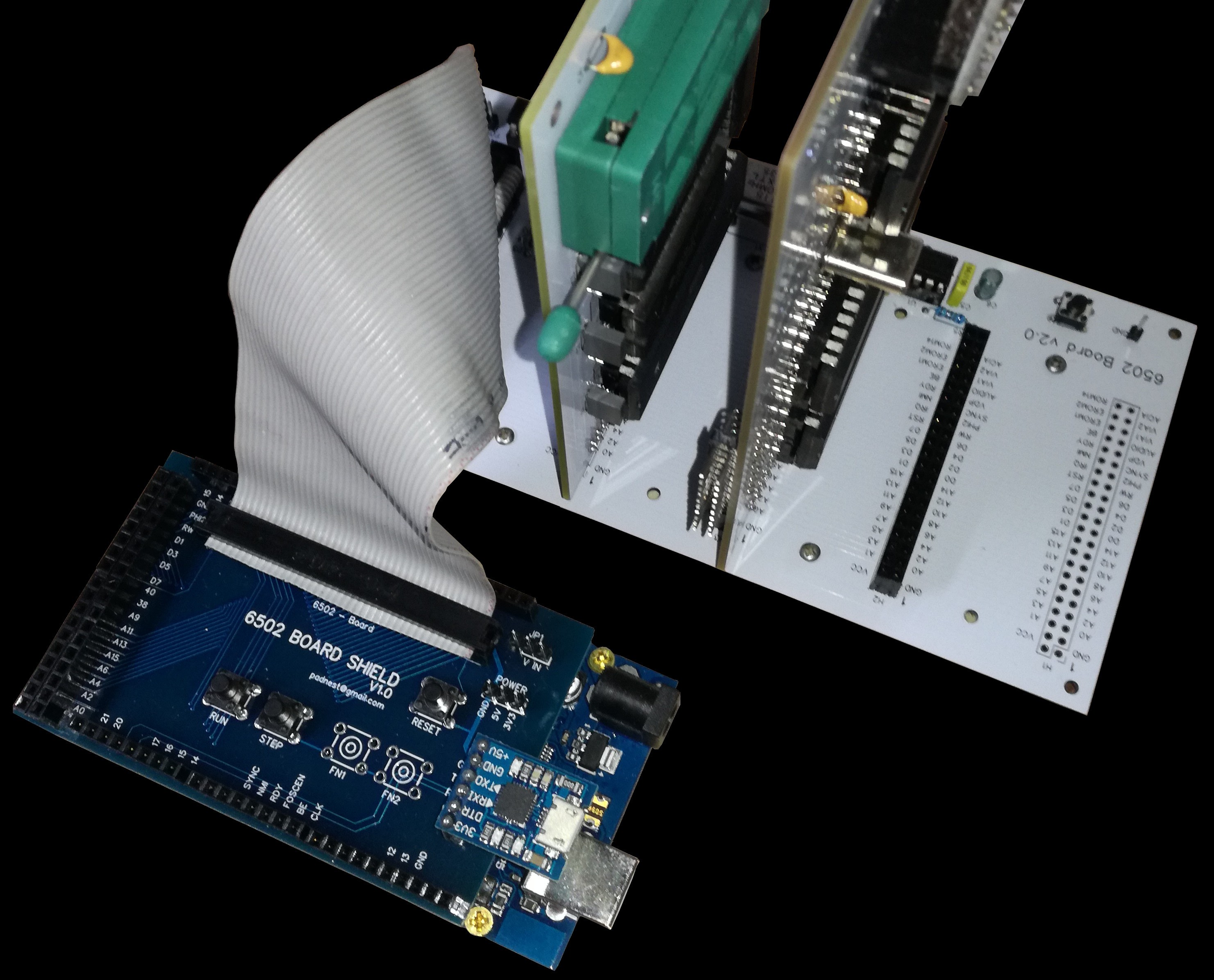
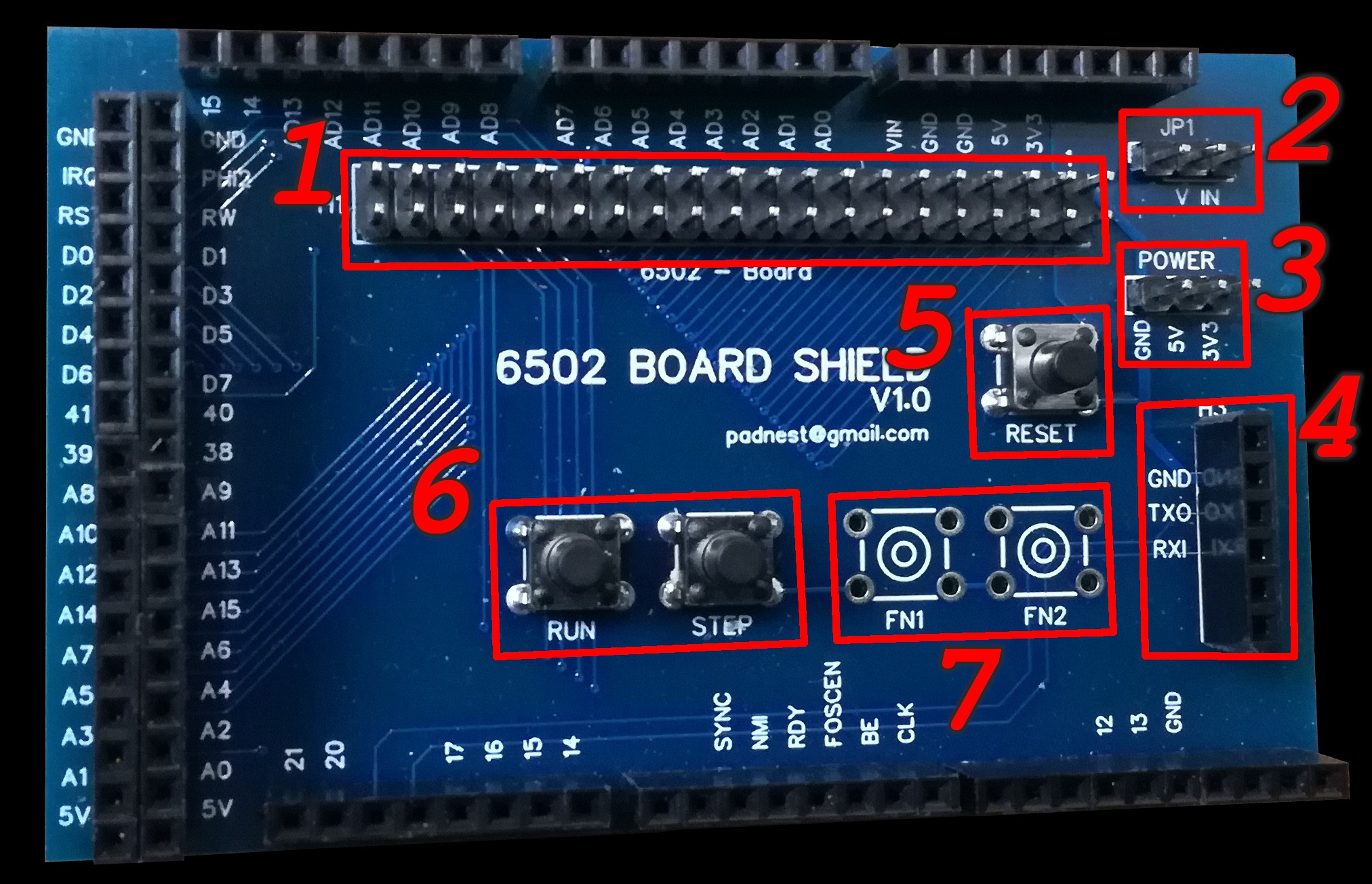

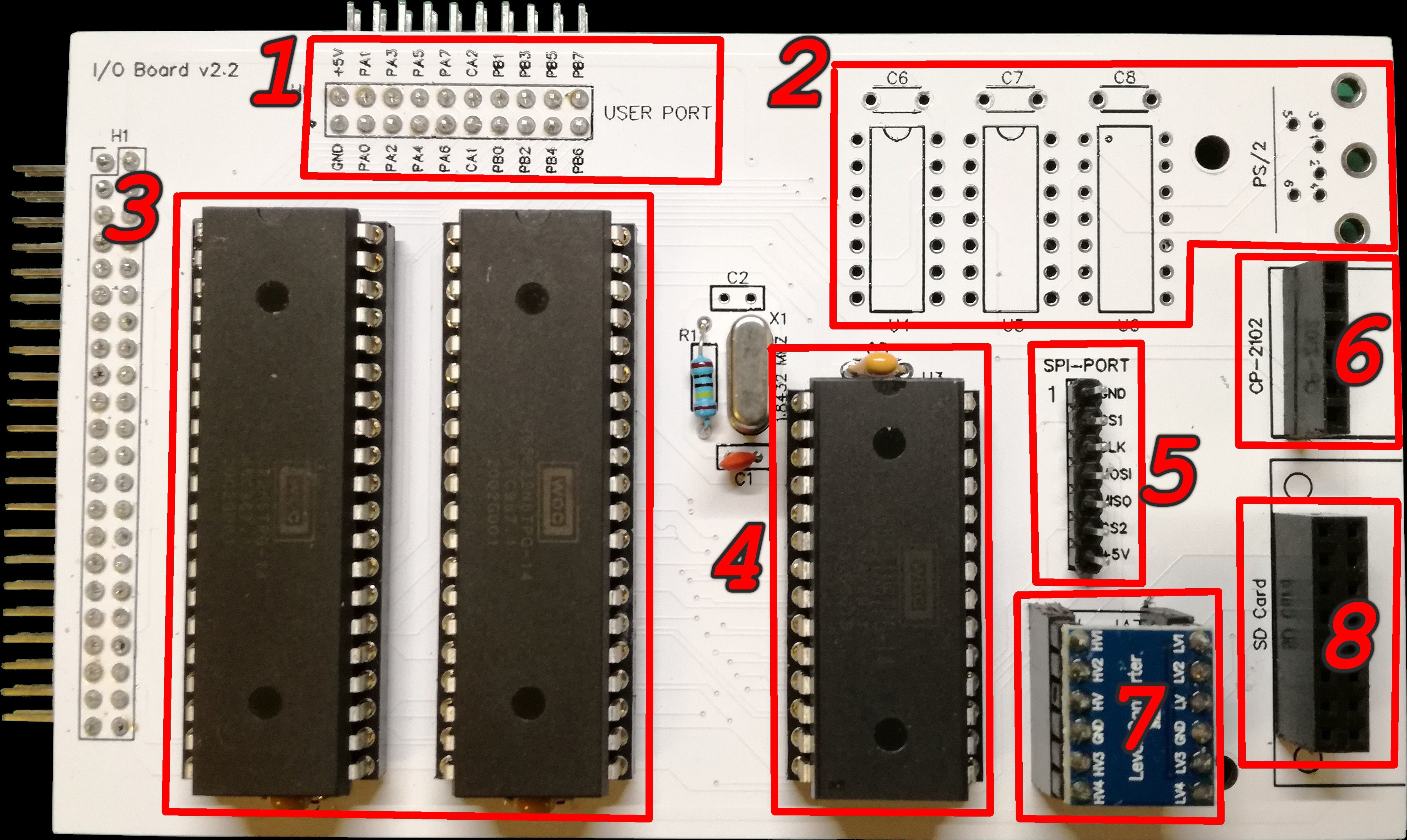
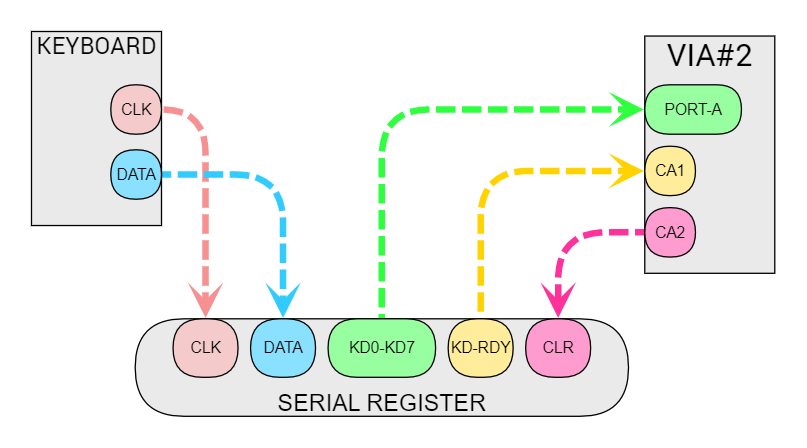
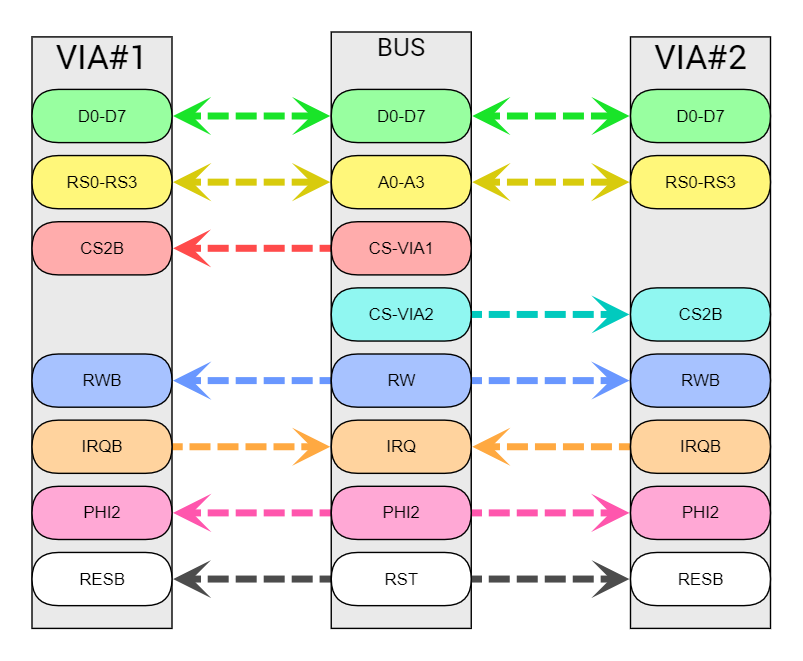
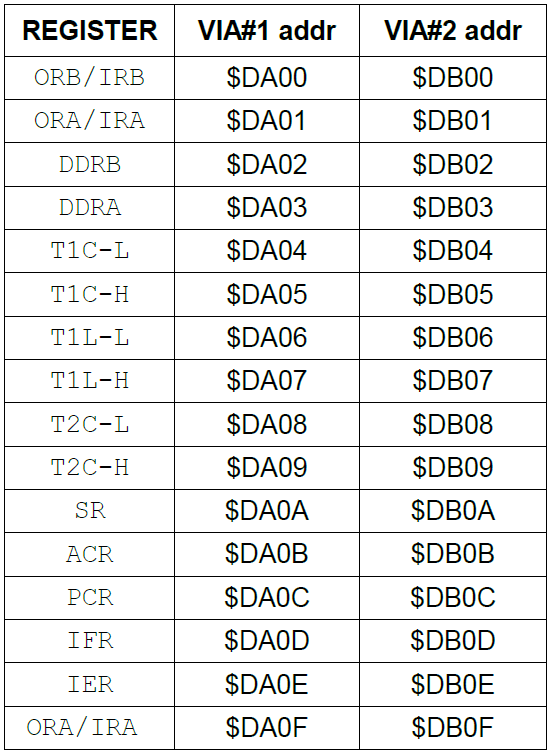
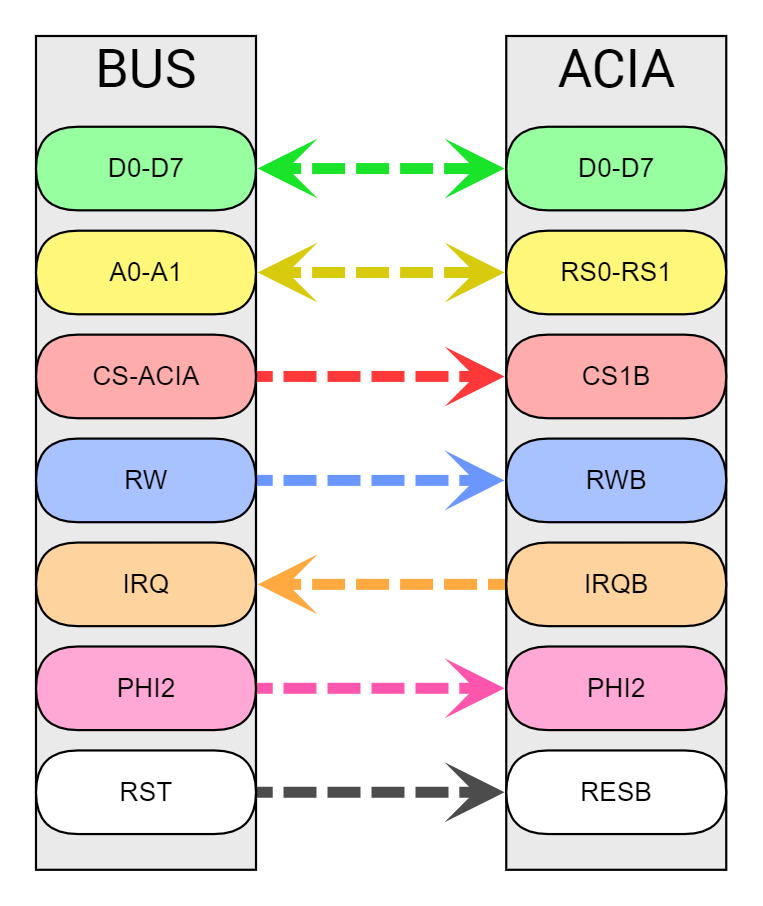
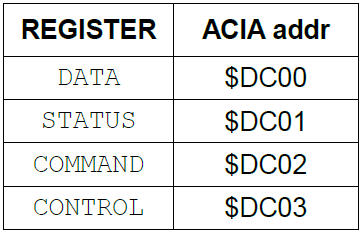
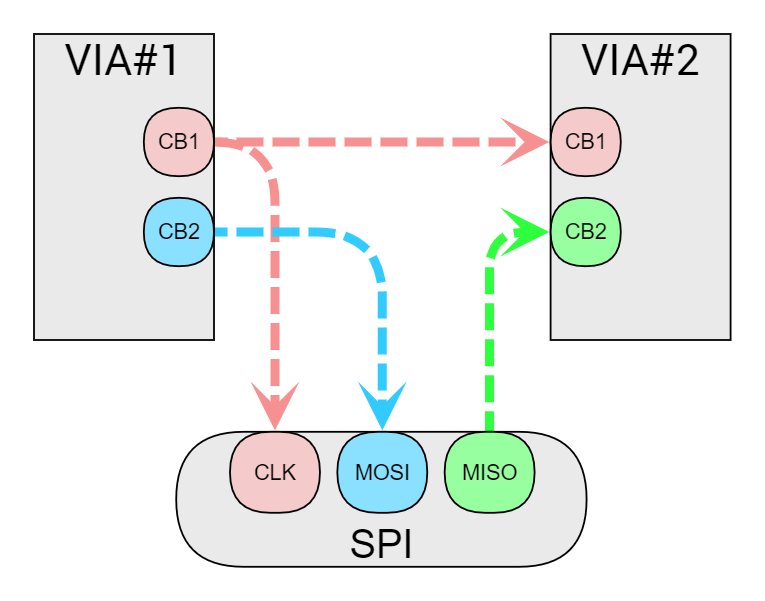
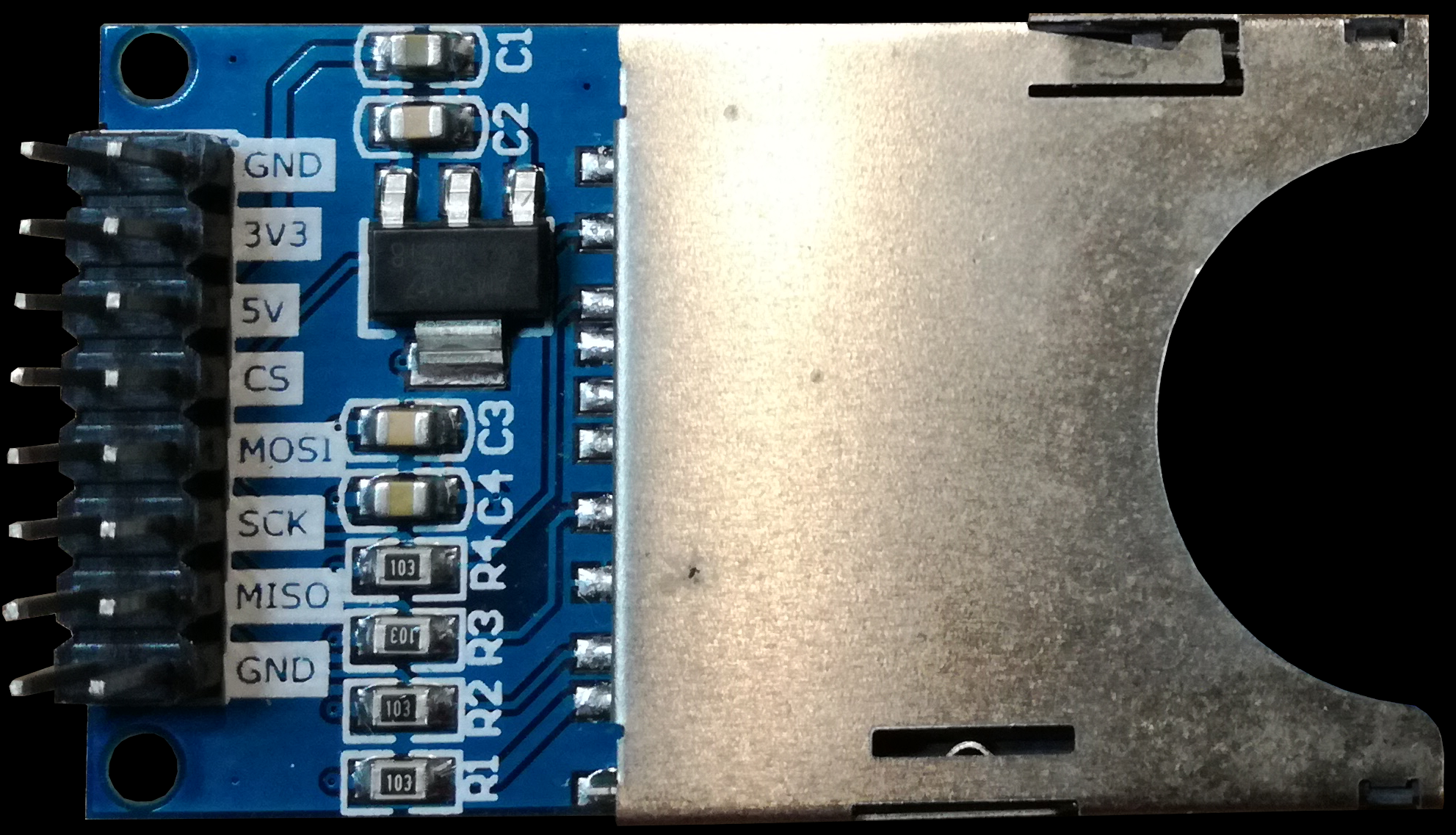
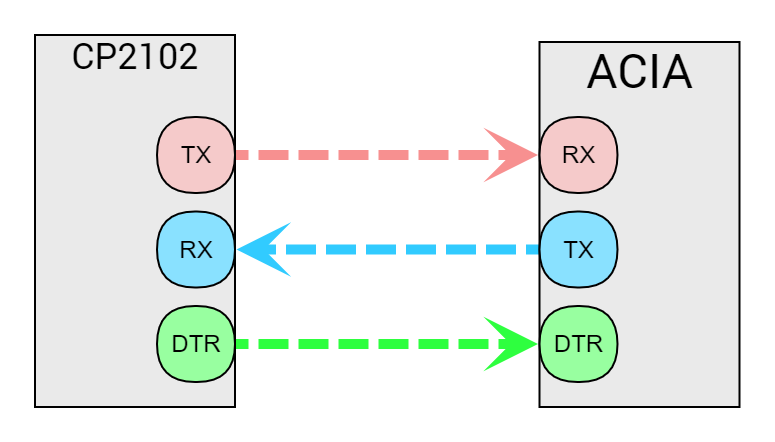
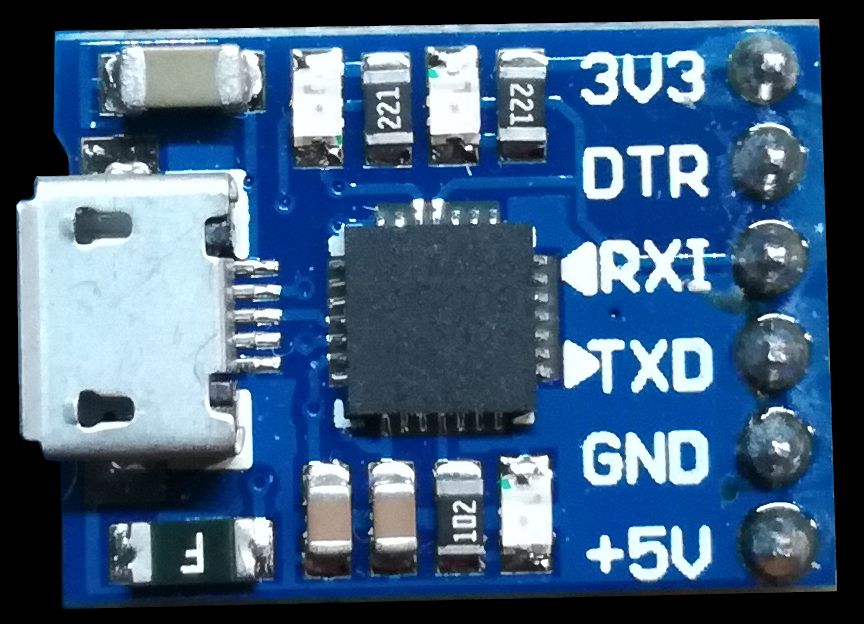

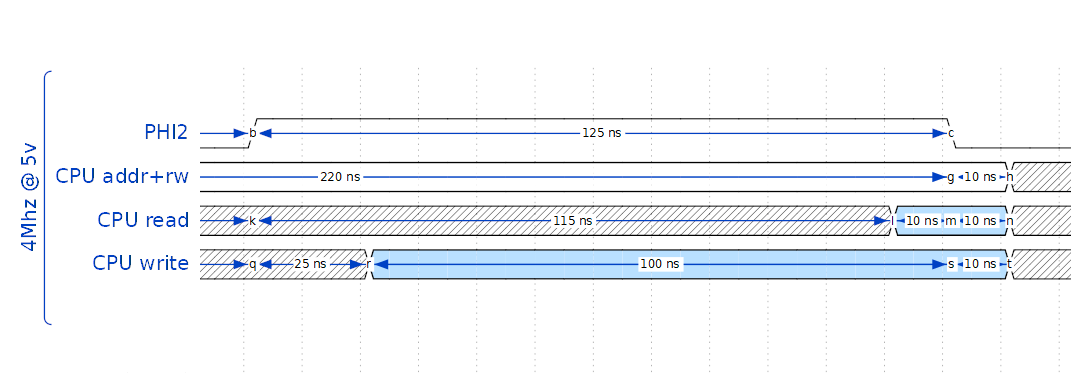
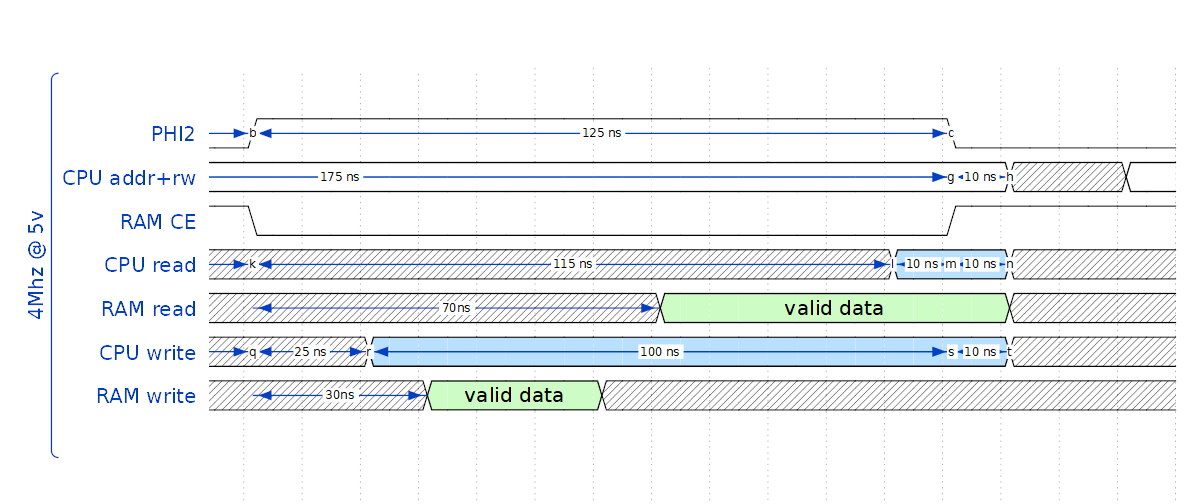
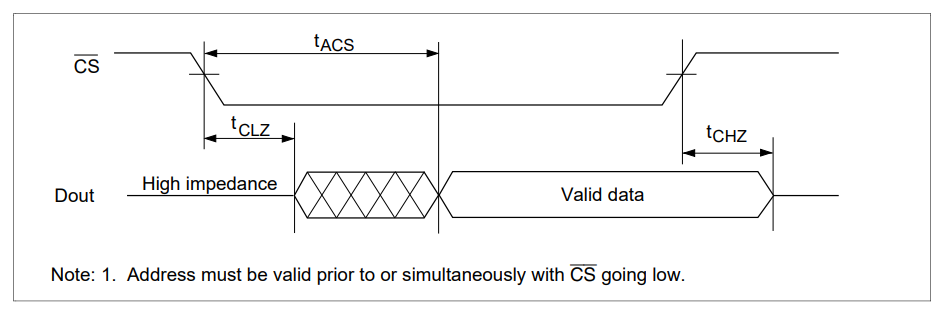

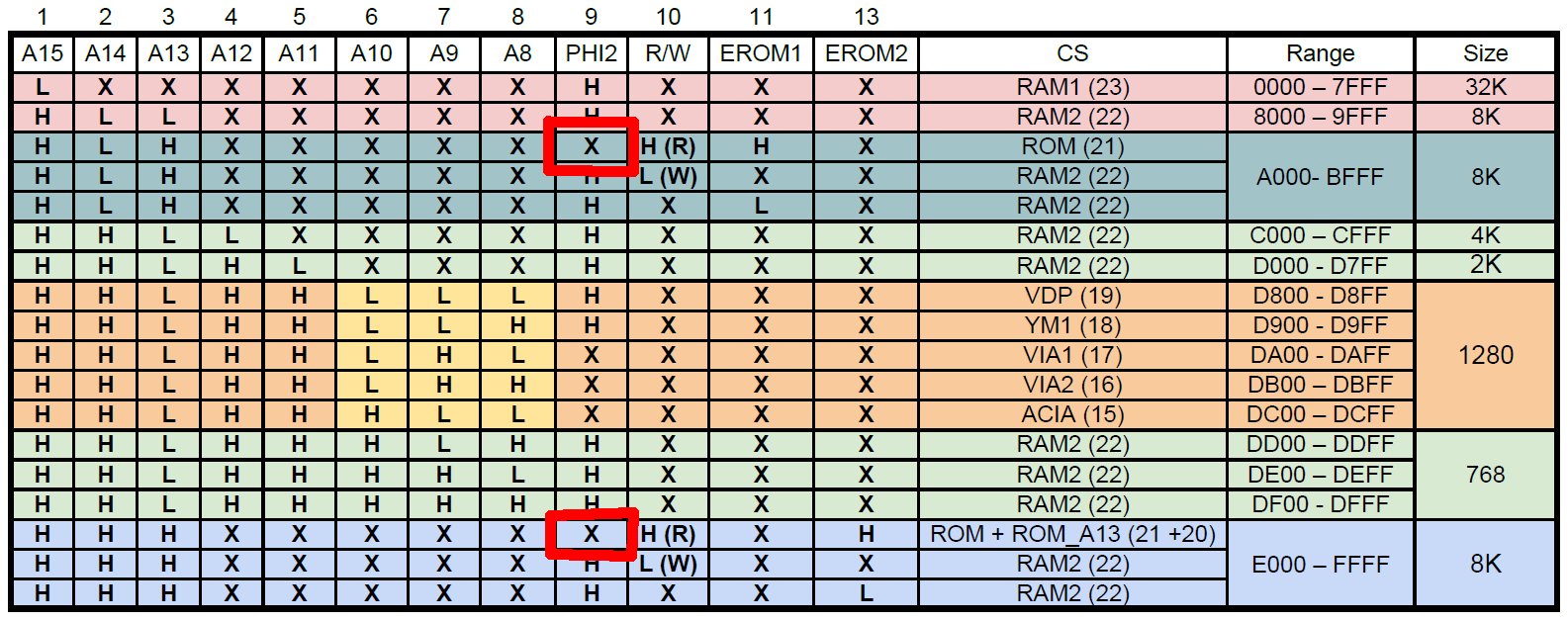
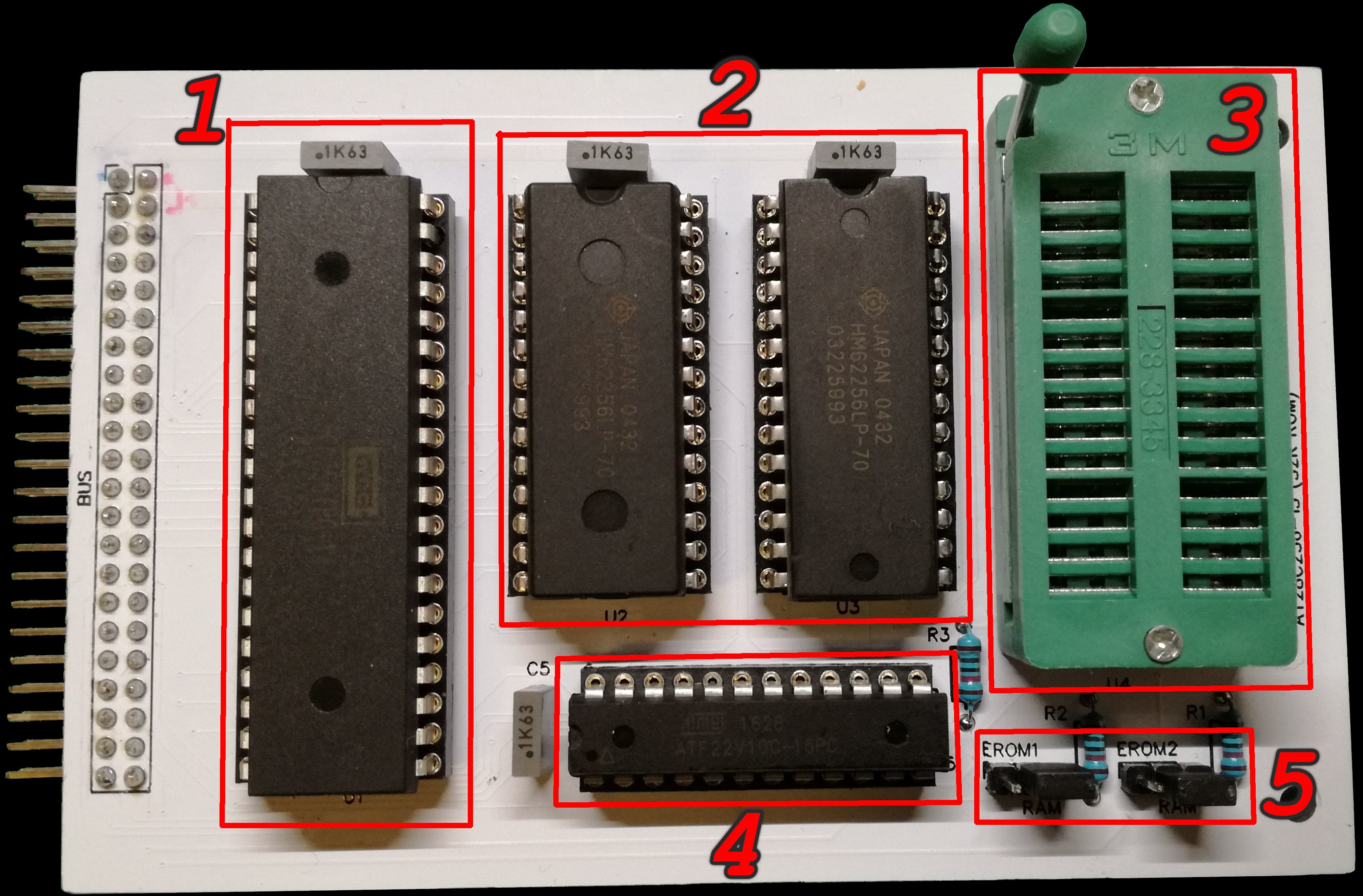


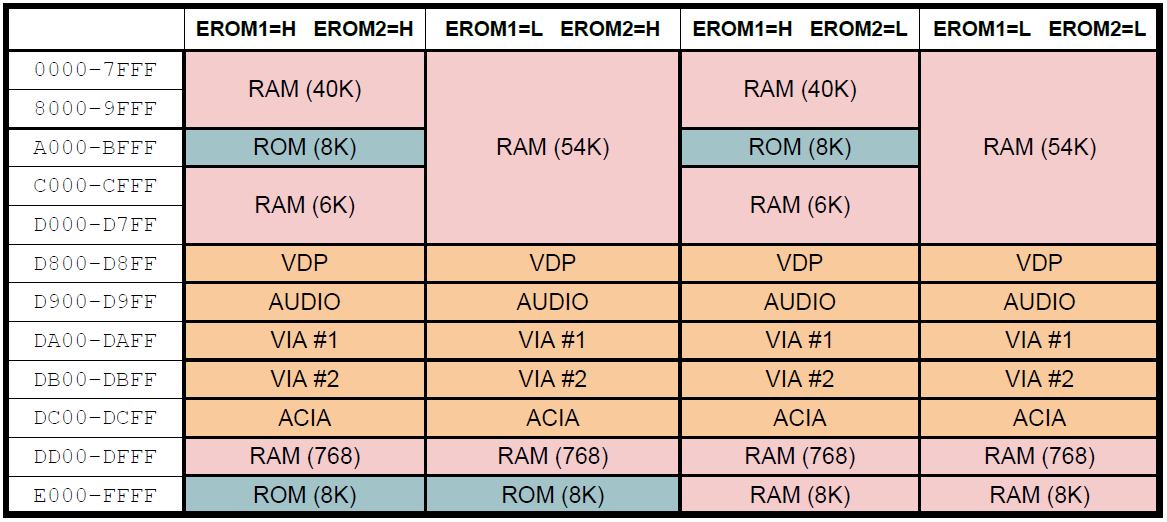
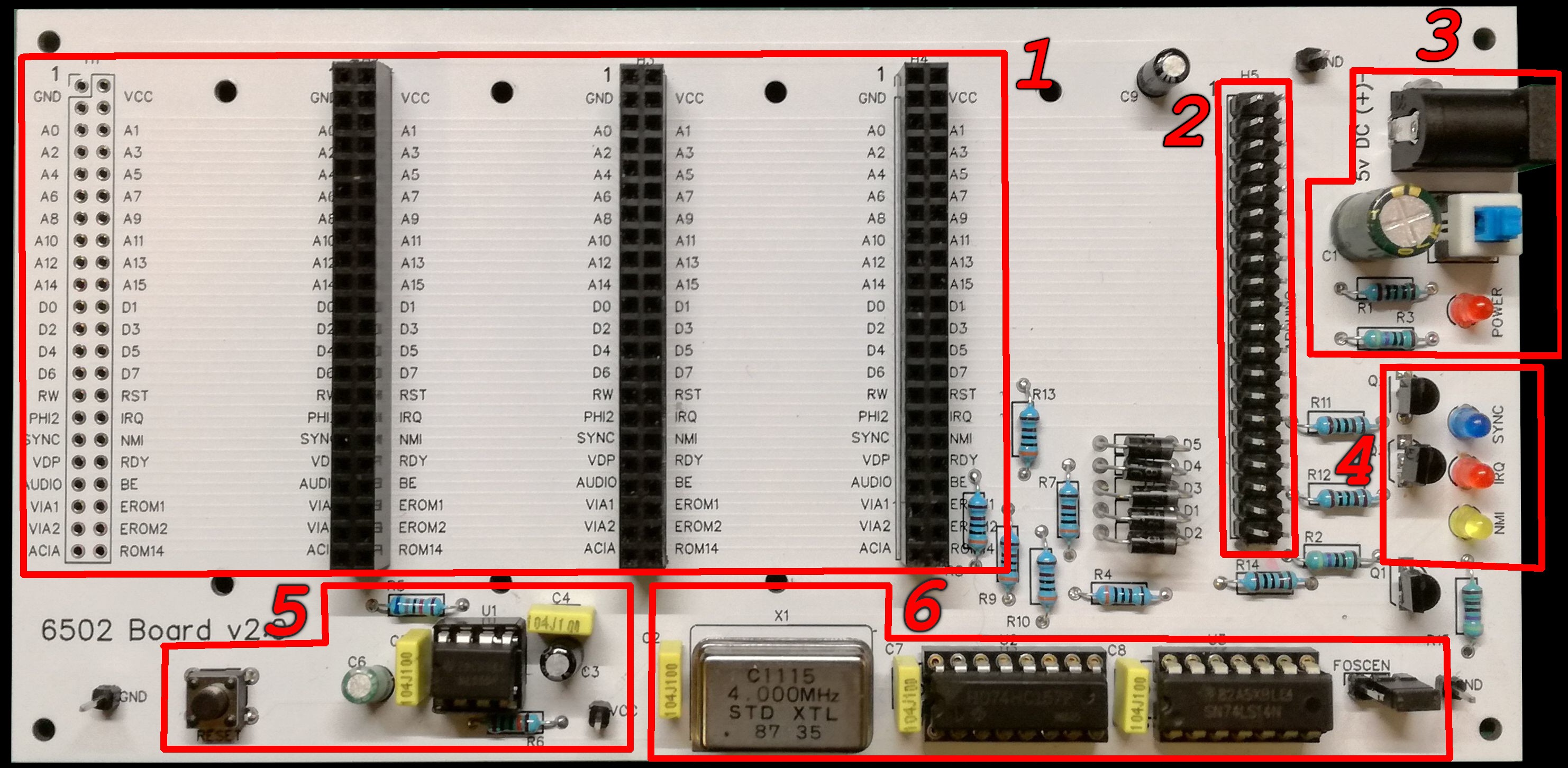


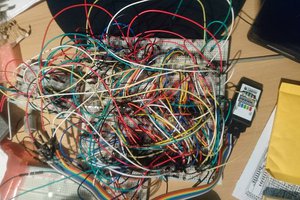
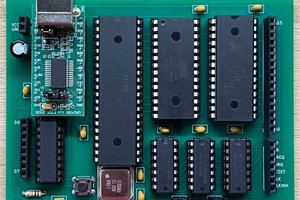
 Stephen Willcock
Stephen Willcock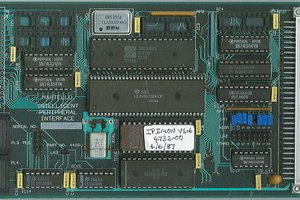
 Keith
Keith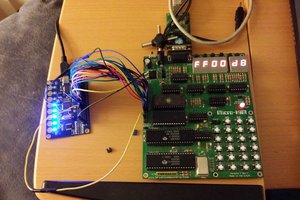
 Jac Goudsmit
Jac Goudsmit
Hi. I like this project a lot. Please, could you to show some part of the arduino's code to access to the VIAS's, or something else?